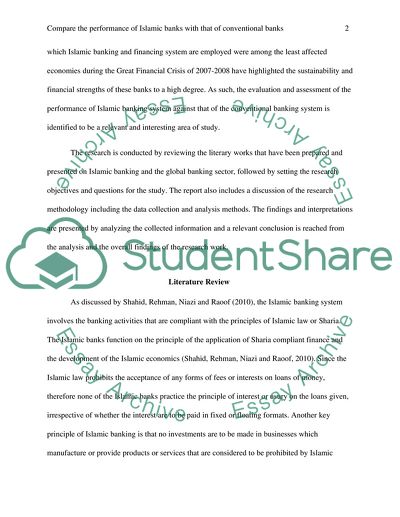Cite this document
(“Islamic banks and Conventional Banks Term Paper”, n.d.)
Retrieved from https://studentshare.org/finance-accounting/1701966-compare-the-performance-of-islamic-banks-with-that-of-the-conventional-banks
Retrieved from https://studentshare.org/finance-accounting/1701966-compare-the-performance-of-islamic-banks-with-that-of-the-conventional-banks
(Islamic Banks and Conventional Banks Term Paper)
https://studentshare.org/finance-accounting/1701966-compare-the-performance-of-islamic-banks-with-that-of-the-conventional-banks.
https://studentshare.org/finance-accounting/1701966-compare-the-performance-of-islamic-banks-with-that-of-the-conventional-banks.
“Islamic Banks and Conventional Banks Term Paper”, n.d. https://studentshare.org/finance-accounting/1701966-compare-the-performance-of-islamic-banks-with-that-of-the-conventional-banks.


